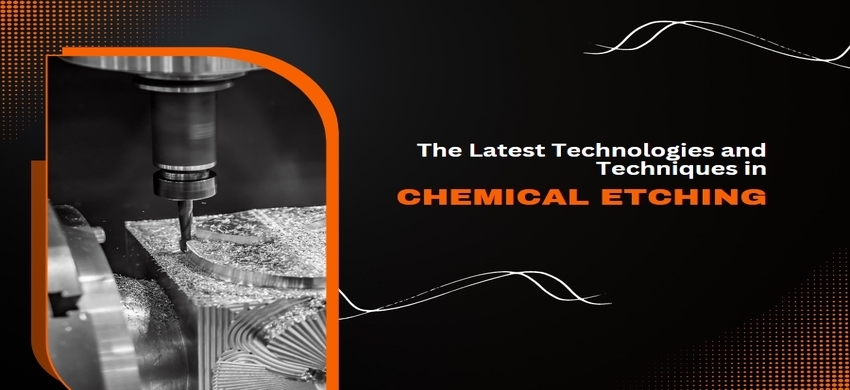UK-based suppliers, applicators and trainers. Call us today to get a free sample : 01604 644604


During production, chemical etching eliminates layers from a wafer's surface. It has proven to be an exceptional sheet metal machining technique for intricate, safety-critical, and accurate precision metal parts and is a crucial step in the micro-manufacturing process. Precision springs, washing machines, gaskets, fuel cell and heat transfer plates, lead frames for electronic circuit boards, aesthetic parts like interior car trim, and various other products are all produced using chemical etching.
Chemical etching services can create textures on the surface with high precision, and the depth of texture can be determined by the etching time. Material choosing, pre-cleaning, the lamination process, exposure, growth, etching, and stripping are some of the stages included in the procedure.
Chemical etching has proven to be an excellent sheet metal machining technology for precise, crucial safety, and meticulous precision metal parts. Chemical etching can create surface textures with exceptionally high repeatability and precision, which is one of its benefits.
The length of the chemical agent's exposure determines the depth of texture, with prolonged exposure resulting in deeper feature depths. Chemical etching is excellent for applications where accuracy is crucial because it can also create parts with extremely tight tolerances.
Etching can be done using either a moist or dry method. Wet etching removes the material through a chemical interaction between a liquid and a metallic surface. Plasma or gas is used to remove the substance in dry etching. The treated metal type and desired result influence the selection.
Material choosing, pre-cleaning, concealment, etching, and post-etching cleaning are some stages in the chemical etching process. Chemical etching can be done on almost any metal in widths ranging from 0.010 mm to 1.5 mm and up to 600 mm x 1500 mm. Copper, bronze, nickel, and stainless steel are common metals.
After the metal is chosen, it is chemically cleansed and degreased to eliminate debris, waxes, and rolling oils that could harm the process moving forward. The metal sections that do not need to be etched are then protected by masking them with a photoresist or another masking material. The masking substance is then eliminated, and the metal is chemically etched. To get rid of any leftover material, the metal is cleansed.
Chemical etching is a potent tool that is applied in a wide range of sectors. It is a flexible method that can be utilised to create various products, including delicate thin metal components and pieces, memorial products, commercial nameplates and labels, and hotel signage.
Numerous stainless steel plates and alloys made from nickel, copper, brass, beryl copper, and phosphor bronze are among the metals that can be chemically etched.
Chemical etching is more economical than laser cutting, pressing, and electro-discharge milling techniques. It provides much lower setup costs and more design flexibility.
Since the material is not mechanically distressed during the etching process, there are no changes to the tolerances for dimensional accuracy. The components are left free of burrs and stress. Low dimensional limits are a hallmark of chemical etching.
In summation, chemical etching is a flexible and dependable process for fabricating metal parts of the highest quality. Even more intricate and precise designs can now be created using the most recent chemical etching technologies and methods. Compared to other techniques, chemical etching has several advantages, including cost-effectiveness, increased design flexibility, and significantly reduced setup costs.
Since the material is not mechanically distressed during the etching process, there are no alterations to the tolerances for dimensional accuracy. The components are left free of burrs and stress.
Chemical etching manufacturing processes include component formation, surface cleaning, finishing, and thinning. Chemical etching is a popular option for producing intricate metal components and elements due to developments in reel-to-reel manufacturing, vertical collaboration, greater limitations, and repeatability.